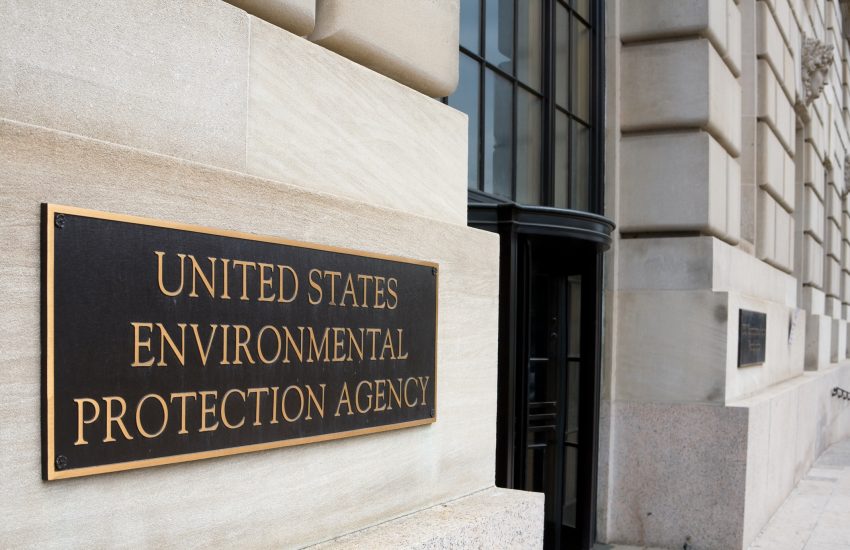Over the last six years, our firm has written extensively about 1,4-Dioxane, from U.S. EPA’s proclamations to state laws and regulations, litigation, and distinctions between federal and state perspectives. (see compilation of blog posts here.)
Today we are providing an update on the EPA’s final revised Unreasonable Risk Determination for 1,4-Dioxane, which includes new air and water exposure pathways that had not been previously evaluated, as well as evaluation of 1,4-Dioxane generated as a byproduct.
According to EPA, 1,4-Dioxane is primarily used as …
Continue Reading







